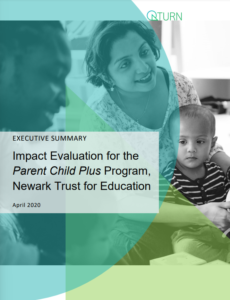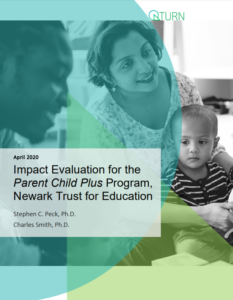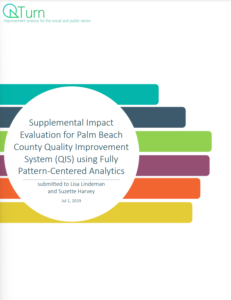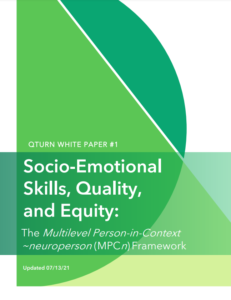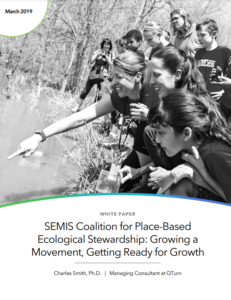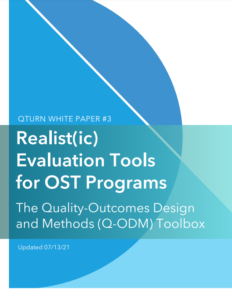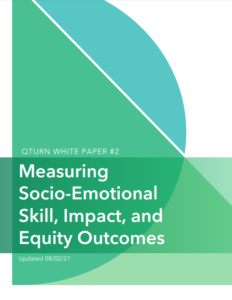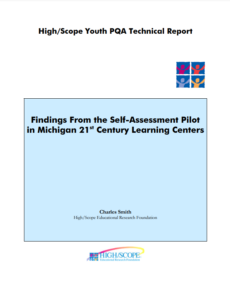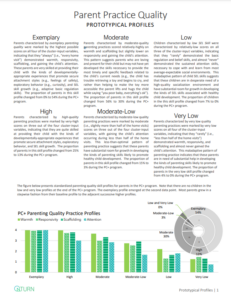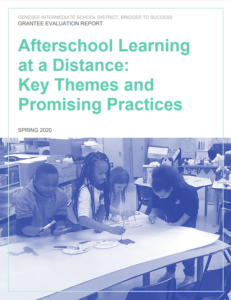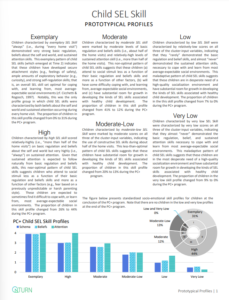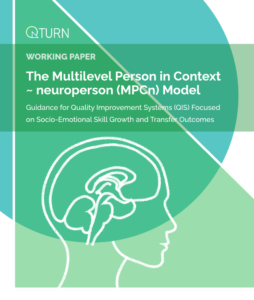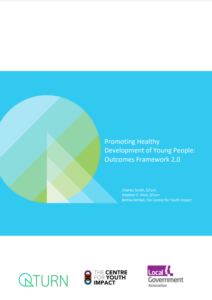FEATURED PUBLICATION
The Multilevel Person in Context ~ neuroperson (MPCn) Model
Guidance for Quality Improvement Systems (QIS) Focused on Socio-Emotional Skill Growth and Transfer Outcomes
In this working paper, QTurn introduces a model for thinking about the development of SEL skills in youth programs. We outline how SEL skills are embedded within the wider context of policy decisions, family background, and program quality. The MPCn model also elucidates how SEL skills are related to short-term youth outcomes and long-term youth achievements, such as graduation and employment.
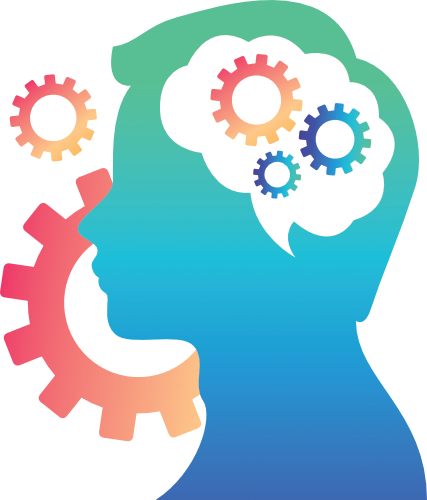
All Publications
This Executive Summary was developed to facilitate discussion and decision making. The detailed findings and method are available in the full report, Impact Evaluation for the Parent Child Plus Program, Newark Trust for Education (2020).
The Quality-Impact-Equity Design and Methods (QDM) Toolbox was used to: (a) reconfigure existing measures for Parenting Practice Quality and Child SEL Skill to maximize reliability and validity for measuring socio-emotional skills and learning (SEL); (b) produce holistic profiles of parent and child skill at each timepoint; and (c) apply pattern-centered analytics to estimate impact and equity effects of the PC+
program as implemented in Newark.
We sought to answer two specific questions about implementation and children’s SEL skill growth: What is the impact of QIS exposure on program quality (i.e., best practices, low staff turnover, great content), particularly for programs that have lower program quality at baseline? What is the impact of exposure to high program quality on student SEL skills?
We introduce a theoretical framework designed to describe the integrated set of mental and behavioral parts and processes (i.e., schemas, beliefs, and awareness) that are socio-emotional skills and that produce both basic and advanced forms of agency. With improved definitions and understanding of SEL skills, and the causes of SEL skill growth, we hope to improve reasoning about programs and policies for socio-emotional supports in any setting where children spend time.
This white paper was developed to (1) describe how SEMIS promotes social and emotional learning, (2) iterate content and language with SEMIS stakeholders, (3) and to make a compelling and scientifically grounded case for expansion of the work.
The Quality-Outcomes Design and Methods (Q-ODM) toolbox holds an integrated set of tools to measure and model children’s SEL skills, including how they change during, and in response to, OST programs (e.g., afterschool, school-age child care, workforce and career preparation, arts, sports).
We present steps to (a) identify the real objects we seek to represent with measurement and models (i.e., the parts of an individual’s SEL skill set and the type and amount of skill change that is likely to occur during the program) and (b) produce SEL skill indicators and measures that are feasible and valid for both CQI and impact evaluation uses.
Overall 24 sites within 17 grantees participated in the self-assessment pilot study by assembling staff teams to collect data and score the Youth Program Quality Assessment (PQA). Youth PQA data collected using the self-assessment method demonstrated promising patterns of both internal consistency and concurrent validity with aligned youth survey responses.
Content and materials from the session Youth Voice for Climate Readiness in Schools, on October 13th, 2023 at the Michigan Afterschool Collaborative – Leadership Summit.
A two-page overview explaining our parent practice measures featured in the client report for Newark Trust for Education.
This report describes the experiences and practices of Genesee Intermediate School District: Bridges to Success (GISD) Team Leads and direct staff serving children and families after substantially redesigning afterschool programming due to the COVID-19 crisis.
This two-page information sheet explains youth profiles for SEL skills (low, moderate, and exemplary) as they relate to schemas, beliefs, and attention. Created as a supplement to QTurn’s impact report for the Newark Trust for Education Project (NTE) Parent Child Plus (PC+) program, this overview explains how various measurements are tied to key outcomes.
The multilevel person-in-context model of youth development programs facilitates thinking about how the SEL skills being developed at the point of service (POS) are both (a) embedded within the wider context of policy decisions, family background, and out-of-school time (OST) program quality and (b) related subsequently to shorter-term youth outcomes (e.g., SEL skill growth) and longer-term youth achievements (e.g., graduation and employment).
In the summer of 2018, the Local Government Association (LGA) in England commissioned the Centre for Youth Impact to produce an outcomes framework to help partners across the English youth sector to develop and agree on mutual aims to support young people in their local areas. The work was in response to LGA’s consultations that led to its vision statement described in the report, Bright Futures: Our Vision for Youth Services, published at the end of 2017.
This paper describes a generic quality-outcomes design (Q-O design) that meets the need for performance measurement methodology for concurrent and integrated impact evaluation and continuous improvement in the same organization; that is, measure once, cut twice.


